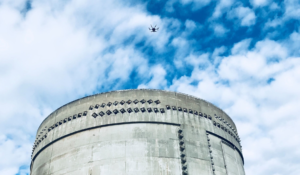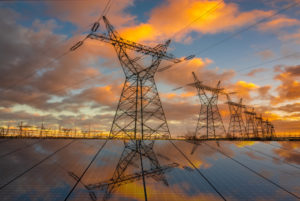Facts, Figures, and Findings from EPRI Research, Reports, and Other Sources

According to an EPRI study, electrolyzer technologies are moving closer to the efficiency and equipment life necessary for large-scale hydrogen production. Continued technological development is needed for hydrogen to serve mass markets for fuel cell electric vehicles and cost-effective, long-duration energy storage. For fuel cells in the transportation sector, hydrogen production costs need to be at or below $2 per kilogram. The U.S. Department of Energy reports that to achieve this target, electricity prices for hydrogen production need to be less than 3¢ per kilowatt-hour, and electrolyzers need a system efficiency of at least 75%, an operating life of at ...
Read More
Read More

According to an EPRI Quick Insights paper, a new approach for purchasing solar power generation in Hawaii offers potential to enhance grid flexibility while reducing financial risks for plant owners. With many solar power purchase agreements (PPAs) today, utilities pay plant owners per kilowatt-hour of output, which can result in reduced payments for owners when the utility needs to curtail output for grid balancing. As part of its plans for eight solar facilities totaling 275 megawatts coupled with battery energy storage, Hawaiian Electric has developed a new PPA structure in which it pays plant owners a monthly lump sum (regardless ...
Read More
Read More

Drone-mounted technology can be used to inspect concrete structures at nuclear power plants with the same degree of accuracy as traditional inspection methods, an EPRI field demonstration showed. Historically, when nuclear plant technicians inspect containment buildings, cooling towers, and other large concrete structures, they may use scaffolding, hanging platforms, or personnel baskets to gain access—or even rappel from the top. These approaches increase risk of worker injury. The use of drones can reduce risk, costs, and disruption of plant operations. EPRI field-tested the use of drones equipped with various payloads to inspect a containment building at a nuclear plant in ...
Read More
Read More

A new EPRI tool can help utilities answer this question. Transmission planning increasingly is driven by needs associated with grid-connected variable renewable energy resources. Transmission infrastructure, particularly in remote areas suitable for large wind and solar capacity, may nevertheless be limited with respect to the amount of new generation that can be accommodated without exceeding thermal or voltage limits. EPRI’s Transmission Hosting Capacity Tool builds on similar EPRI software for distribution systems. It enables utilities to screen various scenarios for generation, load, dispatch, and grid conditions and to gauge where and how new generation could impact the system’s thermal and ...
Read More
Read More

Nuclear “microreactors” offer unique capabilities for displacing diesel power generation in numerous applications and for supporting critical infrastructure, according to an EPRI Emerging Technologies Brief. While most commercial nuclear reactors today produce more than 1,000 megawatts of power, microreactors (also known as very small modular reactors) range in capacity from kilowatts to less than 50 megawatts (most are in the 1–10 megawatt range). Unlike their larger counterparts, they are designed for full factory fabrication and rapid deployment, reducing cost and schedule uncertainty. Simplified heat removal and safety systems and stable reactor cores can reduce accident risks, increase fault tolerance, and ...
Read More
Read More

